What to Consider Before Planning a Vegetable Garden
This post may contain affiliate links, view our disclosure policy for details.
Let’s go over 5 things that you should consider before diving into planning your vegetable garden. These are important garden tips that can save you a whole lot of work and frustration!
After years of gardening I can say that, hands down, the most important part of gardening is planning.
I used to hate sitting down and thinking about the garden that I will be growing… I wanted to go out there and actually grow it! I wanted my hands in the soil and I wanted to watch the plants grow.
So that’s what I did… With zero research I went out there and planted a garden. Only nothing grew because I planted it on a slope at the edge of a pine forest (insert face slap!).
What to Consider Before Planning a Vegetable Garden…
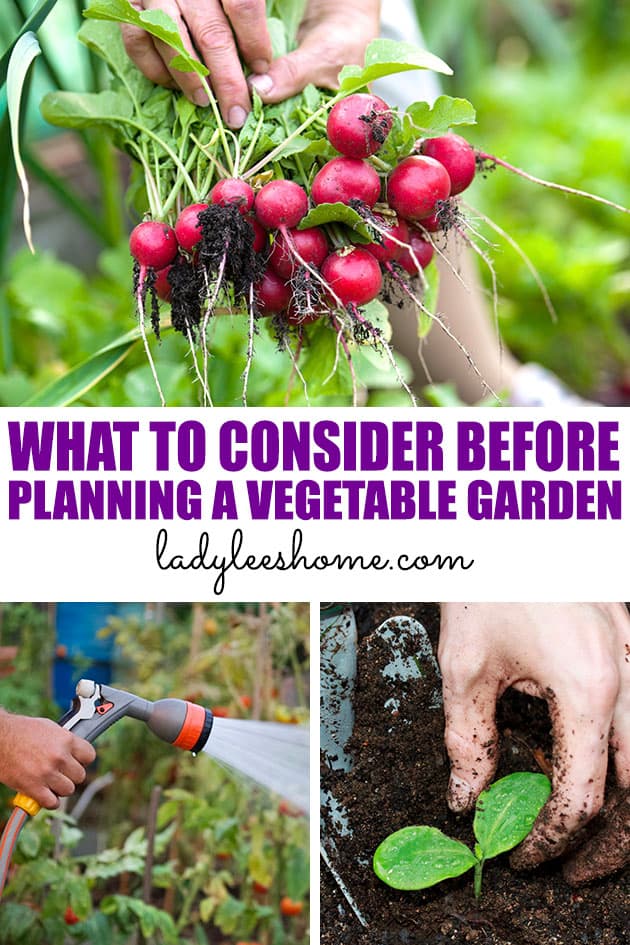
I got so frustrated that year. It was my first year of gardening and I really wanted those fresh vegetables! I thought that I just didn’t have it… That I did a terrible job.
But in reality, I did everything right… Except, I didn’t consider a few important things like the location and the size of that garden.
So today I want to give you five simple things to consider and a few tips. I hope that if you take a moment to think about them they will save you a lot of hard work and frustration. Let’s get started…
#1 – What Size of Garden Can I Care For?
This is probably the single most important thing to consider before planning your vegetable garden.
There are many things you can do to make sure your garden requires minimum attention. For example, you can use mulch, which will suppress the growth of weeds. You can set up irrigation lines, so you don’t have to water the garden by hand. You can plant flowers that attract bees and butterflies so they’ll take care of pollination for you. Those are just a few examples.
However, no matter how many of those things you do, you’ll still have to spend time in the garden. Planting, harvesting, weeding, watering, fertilizing and so on.
How much time do you have to care for your garden? Are you working full time? Do you have kids to care for? Can you stand the heat of summer for longer periods?
From my experience I’ll tell you, it’s better to start small and expand a successful garden than start big and watch the weeds take over.
#2 – Growing Space and Land Restrictions…
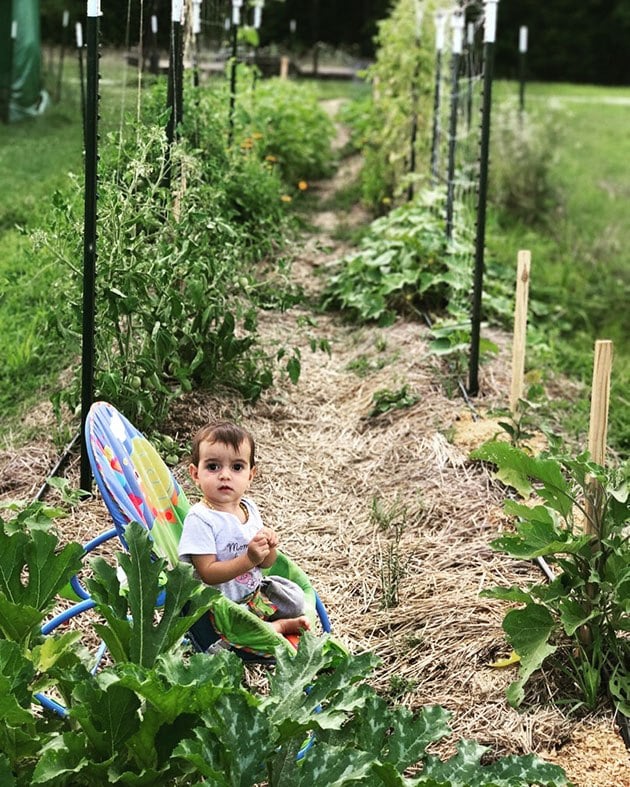
In my post about where to plant a vegetable garden, I cover eight important points one should consider when choosing the right location for their garden.
Before you start drawing your garden plan and before you order any seeds, make sure you know how much room you have for your garden. If you decided to start small make sure that you have enough room to expand.
Also consider some restrictions you might have on your property. Are you allowed to grow a vegetable garden in the front yard? Does your building association allow you to garden on your balcony in pots?
If you are planning a larger garden, maybe a market garden, are there any water restrictions on your land?
I know those things might sound stupid to ask, it’s your property, you paid for it. But let me tell you, I learned this the hard way.
When we bought our 20 acres of farmland in the country, I didn’t think to check county laws. I made sure we were buying land that had no restrictions on it and thought that that meant that I could do anything that I wanted.
We bought an RV and parked it on the land. It was supposed to be our home away from home. A place for the kids to rest in and take a break from the harsh sun and a place for us to sleep when we stay at the farm overnight (we lived about an hour away back then).
Next thing I know, the county sends us a letter informing us that we must remove our RV from OUR land. They don’t allow parking an RV on land that doesn’t have a house on it.
This alone, pretty much ruined all of our farming plans and I might have planned things differently if I had known this before I set up 66 garden beds!
So check good for any restrictions (neighborhood, city, county, and so on…) before starting to sweat.
#3 – How Much Should You Grow?
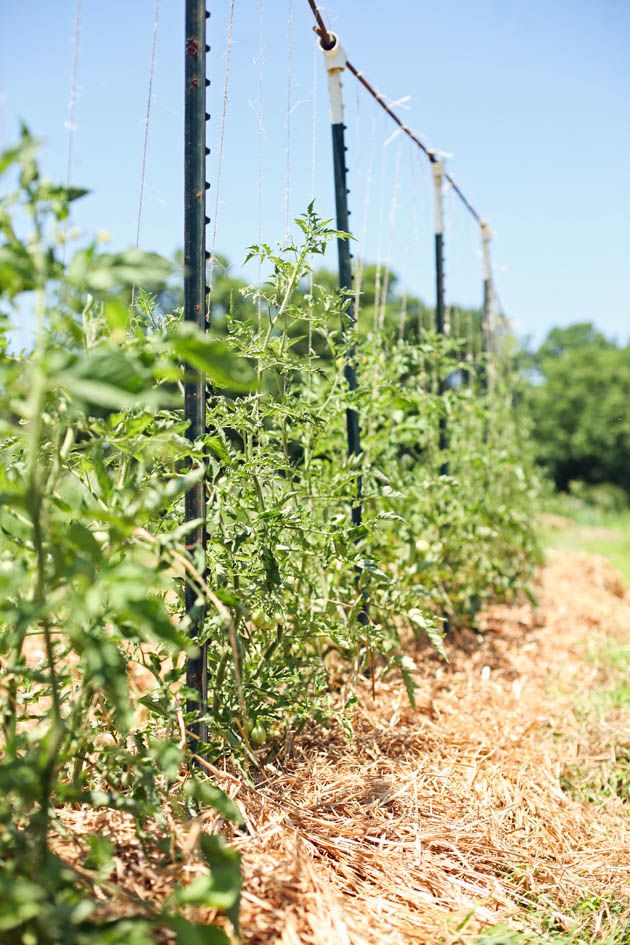
Are you going to grow vegetables for fresh eating or preserving? Maybe both? Maybe you’d like to sell some at the local farmer’s market?
If you grow many tomatoes and plan to preserve some, are you going to have time to process them into tomato sauce? Do you have enough room in your freezer to freeze tomatoes? Do you have shelf room for jars?
Does your family eat more lettuce or tomatoes? Do you even like onions?
Take a couple of weeks to observe your family’s vegetable eating habits. If you use many tomatoes, make sure to make room for a few plants. If you eat a lot of lettuce but only one cabbage every couple of months, and you don’t have much room in your garden, it makes much more sense to grow four lettuces in the place of one cabbage. Especially since cabbage is on the cheap side at the grocery store.
It will take some time to learn how much of each vegetable to grow. One year you’ll have a great amount of beans from five plants and you’ll think yes, five plants are all we need, then, the next year, weather conditions will be bad for beans and your five plants won’t produce but a single side dish for Thanksgiving.
I don’t want to discourage you, but this is gardening. It will take some time to figure it out, and that’s OK. Enjoy the process and make sure you keep a journal so you can improve from one year to the next.
#4 – Consider Your Garden Layout…
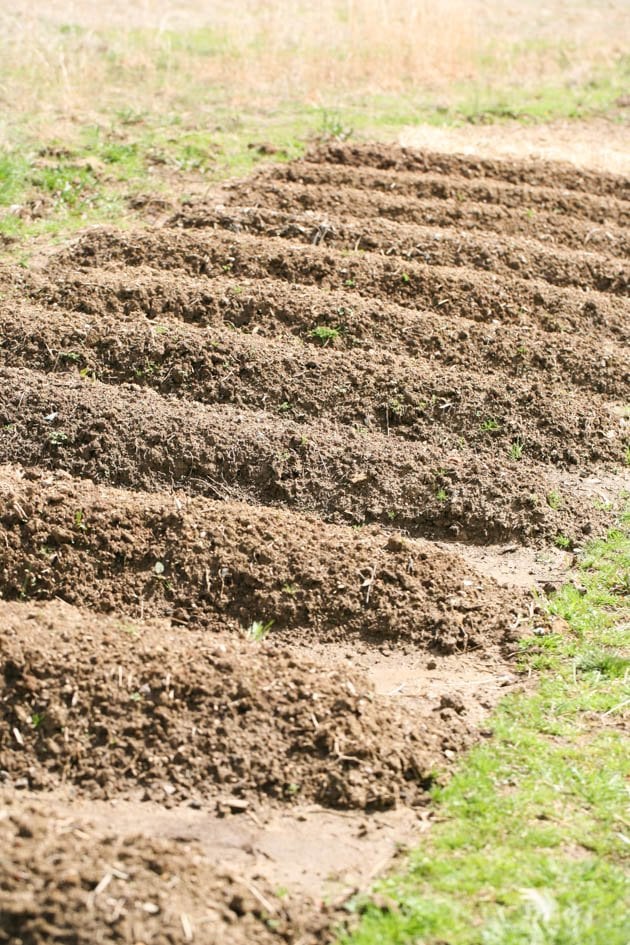
There are many ways to set up your garden. Maybe you like to separate plants into containers? Maybe you like the traditional rows because the look of them throws you back into your sweet childhood?
Here are a few options to choose from when thinking about your garden set-up:
Old fashion rows – row gardening is very common in large gardens, especially if the gardener is using mechanical equipment for planting, cultivating and harvesting.
Rows are usually three feet apart with a furrow between them. Large plants like tomatoes and corn are easier to take care of if planted in rows.
Raised rows – this is a very nice concept of permanent row gardening I learned from Jim and Mary over at Old World Garden Farms.
Jim and Mary make their raised rows 18” wide and 20′ long. This allows them to concentrate their soil building efforts in that 18” space instead of the whole garden plot.
Beds – beds are very popular in the larger home garden or small market garden because they are more productive and relatively easy to care for with hand tools.
Much less space is wasted on walkways, therefore, you can plant many more vegetables. A great width for a garden bed is 30”. The walkway between the beds can be as narrow as 12” or as wide as you would like it to be to accommodate foot traffic or equipment like a wheelbarrow and such. Beds are permanent.
Raised beds – raised beds are popular in the smaller home garden. You will need materials like planks of wood or bricks to build the beds. Raised beds are great to improve drainage or if your soil is very bad and you prefer filling a bed with good soil before starting to plant.
Containers – you can plant many vegetables in containers. Containers are popular with people that don’t have much space. They can help you create a productive vegetable garden right in your balcony or porch. Containers are also real good for perennial plants that you might want to move indoors in the fall, like herbs for example.
This is just a tiny bit of information about some layouts you can consider. There is much more to learn about each option. I recommend using a mix of those options rather than just one.
You can grow herbs in containers that you can move indoors in the fall, so that you have fresh herbs during the winter. Grow tomatoes and corn in rows or raised rows, while you grow carrots, beets, and radish in beds or raised beds.
#5 – Will You Want to Grow a Fall Garden?
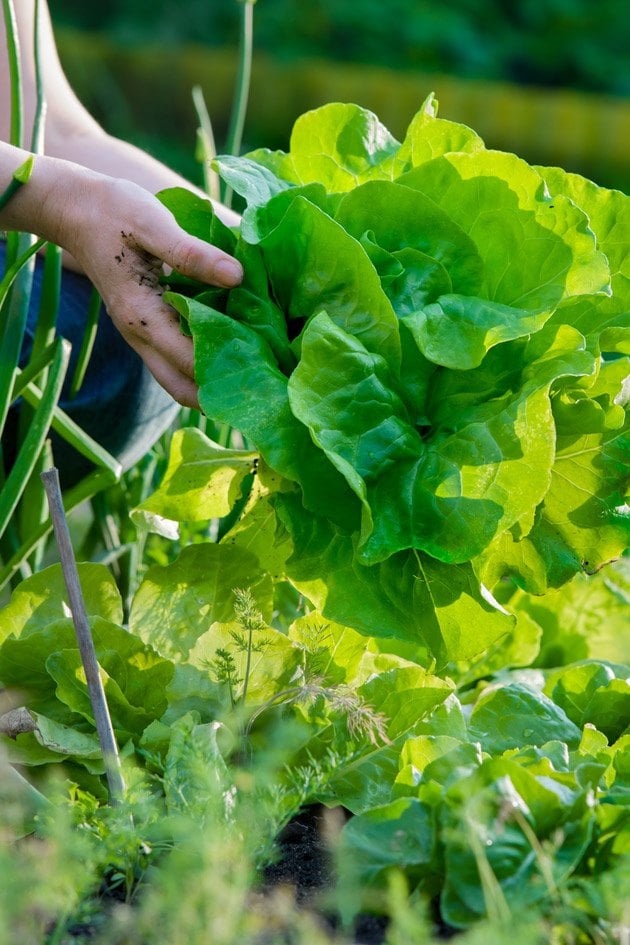
Consider the fall garden, especially if you have a small garden area.
The fall garden is, honestly, my favorite because it’s so much easier to care for. The weather is cool, so it’s much more pleasant to work in the garden. There are much fewer mosquitoes to whack, and almost no pests to bother the plants.
If you plan to grow a fall garden, make sure to leave room for it early in the spring when you plant your summer garden. You will need to plant many of your fall vegetables while your summer vegetables are still producing.
For example, here in NC (zone 7B) we plant fall peas in the middle of August. Many tomato plants will keep producing until the middle or even the end of September. You wouldn’t want to clear the garden of perfectly healthy and productive tomatoes so that you can plant peas.
It is sometimes possible to under sow seeds beneath growing crops. You can also start your fall plants in small pots, cell trays, or soil blocks and move them to the garden when space opens up.
More Helpful Garden Information…
If you are a beginner gardener and you feel a little overwhelmed by the process of starting a new garden check out my post about planning a vegetables garden in 7 easy steps and how to create a planting schedule.
Once you have planned your garden and know what you are going to plant, check out my DIY grow light stand and how to start seeds indoors. And then learn how to correctly transplant them to the garden.
Setting up a new raised bed garden over grass is pretty simple, but if you decided to go for rows or any other set-up, know that you can prepare your garden for planting without tilling. This doesn’t have to be complicated!
I hope that I was able to give you a few tips here that will help you plan a productive garden that is very easy to care for.
Just know that even if you take all the time in the world to research and make decisions you might still have to adjust and redo things in the future and that’s fine. God knows that I moved, rearranged, moved again, and rearranged my garden a million times until I found a set-up that works for me.
But it’s definitely a good idea to take your time and plan well. It can save you a whole lot of work later.
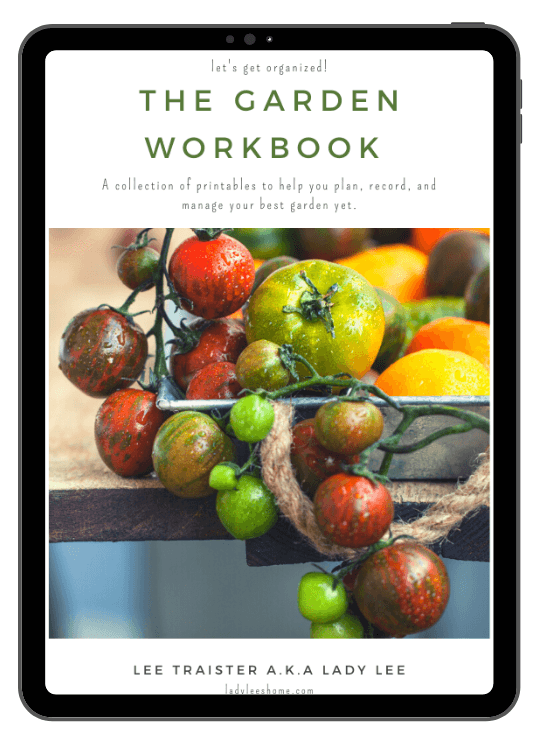
The Garden Workbook is Here!
In part one of this book, we’ll go over how to set up and grow your best garden yet.
Part two consists of 16 garden printables to help you plan, record, and manage your garden properly!

Hi! I’m Lady Lee. I help homesteaders simplify their homesteading journey while still producing a ton of food! I am a single mother of four, I was born in Israel and raised in an agricultural commune called a Kibbutz. Now I homestead in central NC.

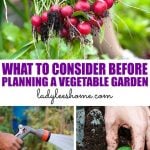
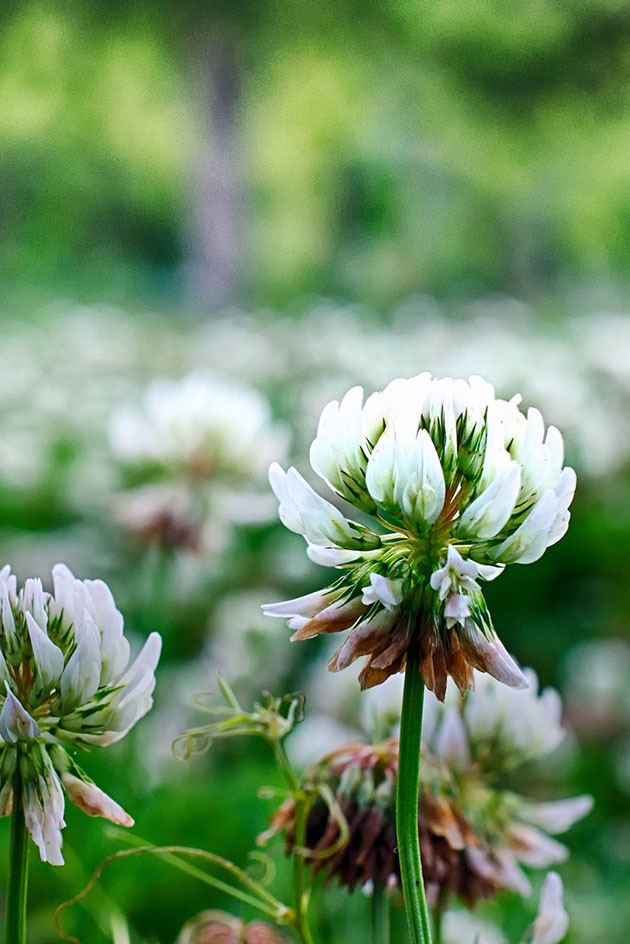
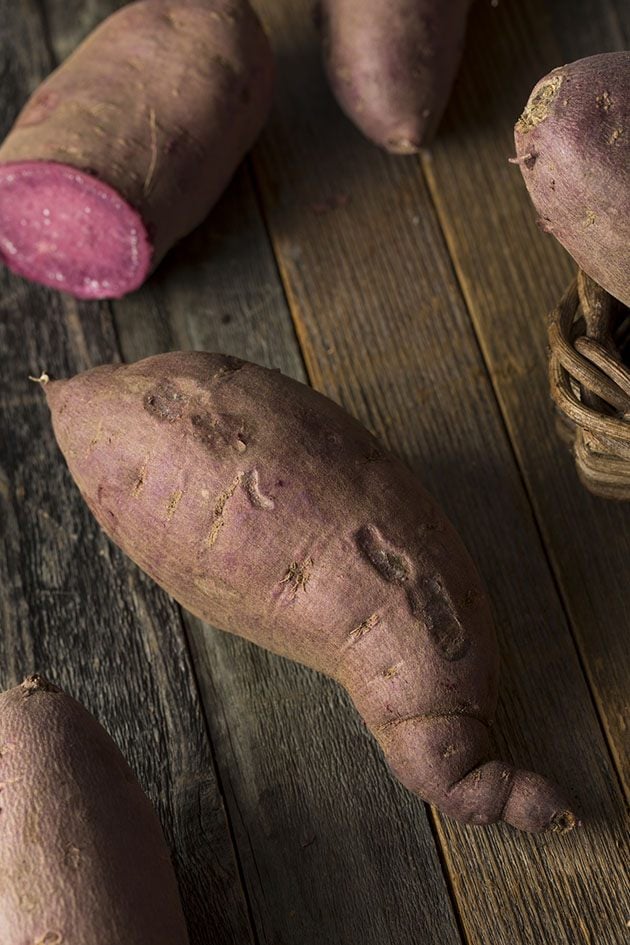
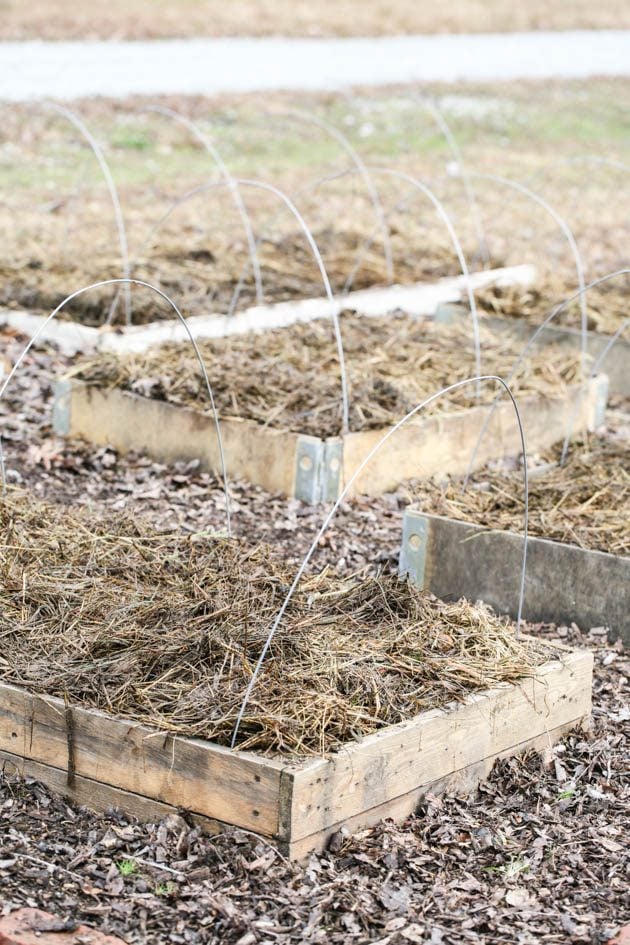
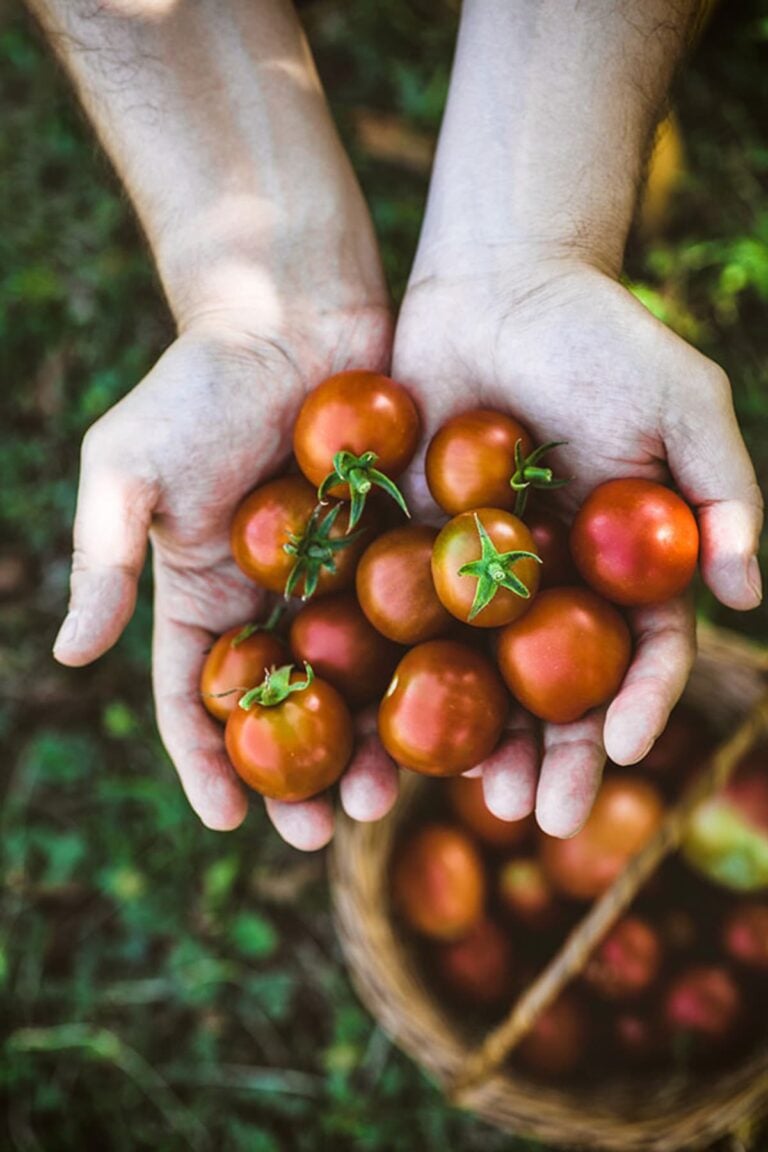
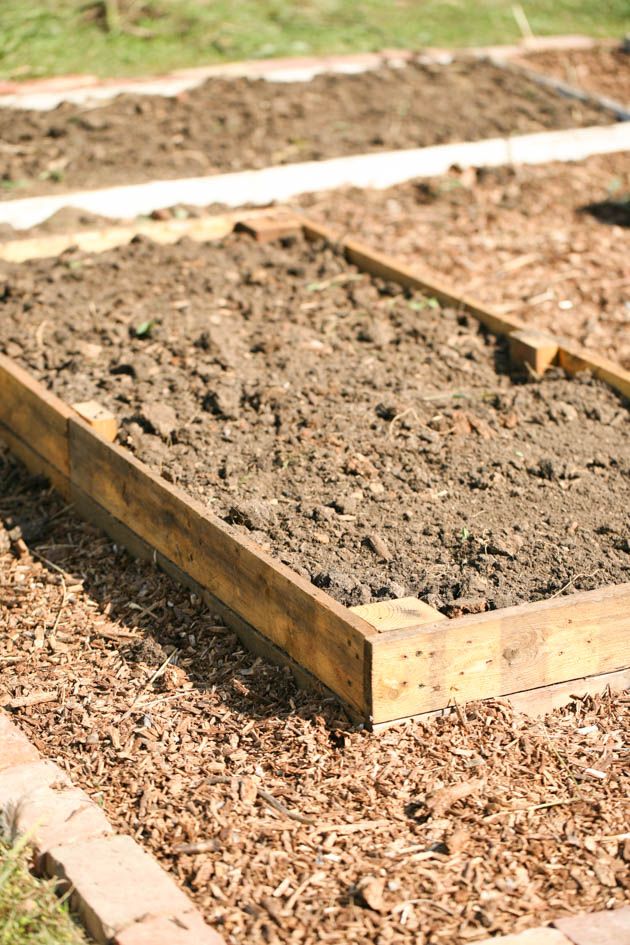
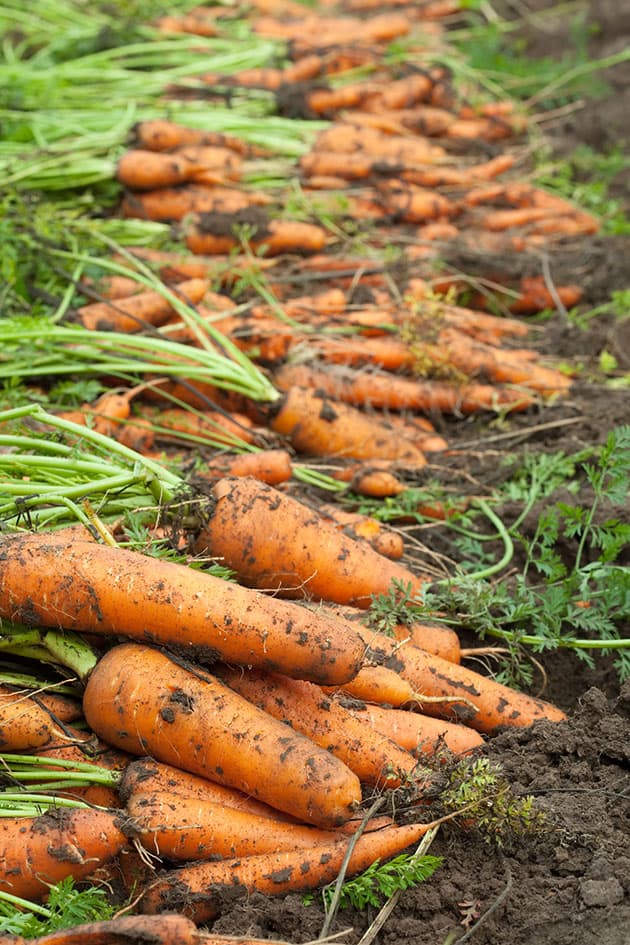
Delightful post
Good gardening ideas